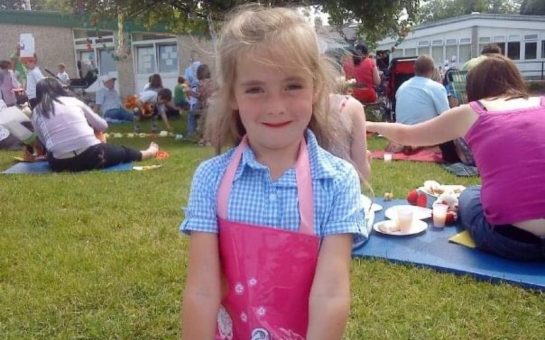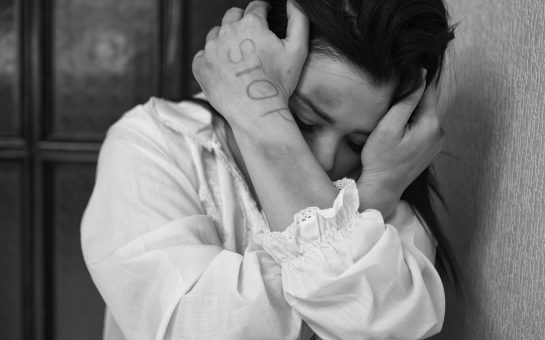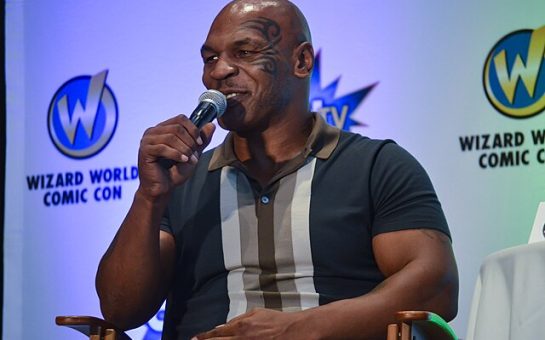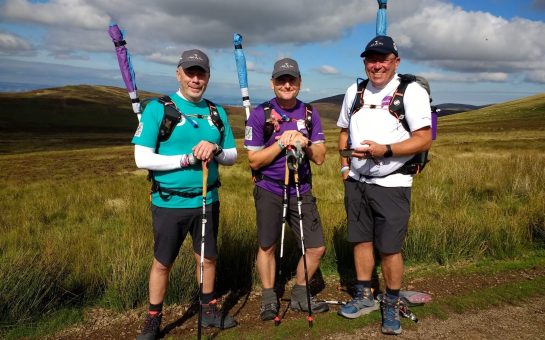Molly Russell was only 14 when she took her own life in November 2017. She was one of 165 people aged 10-19 who did the same that year.
Now her Dad, Ian Russell, is calling for “tech firms to stand up take responsibility for content available to young users”.
Ian believes she killed herself after receiving morbid material on sites, including Instagram and Pinterest.
He says she had no intention to kill herself when she went to bed on that Monday night: “This was not planned. Something after she went to bed was the final straw.”
Molly’s social media accounts showed she was following accounts that used hashtags such as #lonely and #depressed. Pinterest, a social media platform for sharing and ‘pinning’ ideas and photos, sent Molly automated emails which suggested she look at distressing images.
Ian said: “What we found was horrendous. They seemed to be encouraging self-harm.
“They were actually emailing her pictures of self-harm, so Pinterest has a huge amount to answer for.”
Ever since her death, the family have been unsuccessfully trying to access her data from her iPhone and iPod Touch from Apple. Coroner Andrew Walker is expected to demand the information on her which Youtube, Snapchat and WhatsApp hold.
Charity Papyrus have revealed that since Ian spoke out, 30 families have been in contact to say that social media also played a part in the deaths of their children.
They also state a study that found 38% of young people feel social media can have a negative impact on how they fell about themselves.
Papyrus Chief Executive, Ged Flynn, said: “Suicide is everyone’s business. It is imperative that those who profit from it must be made to be more accountable. Suicide is not a hashtag. It is an unimaginable, devastating tragedy.
“If it takes regulation, then do it. It doesn’t matter if it doesn’t win votes, this is about saving lives.”
Health Secretary Matt Hancock has sent letters to Twitter, Snapchat, Pinterest, Apple, Google and Facebook demanding they purge this content, and has warned that they may be hit with financial punishments should they not change their ways.
He told Andrew Marr: “It’s not where I’d like to end up, of course, because there’s a great positive to social media too. But we run our country through Parliament and we will and we must act if we have to.”
Samaritans have echoed his sentiment, saying: “We’d like companies to do more to ensure that people searching for self-harm and suicide content are able to access supportive content more easily.”
Instagram have reacted, saying in a statement that: “Nothing is more important to us than the safety of the people in our community. We are undertaking a full review of our enforcement policies and technologies around self-harm, suicide and eating disorders.”
However, Andy Burrows from the National Society for the Prevention of Cruelty to Children, said: “Most social media sites say they prohibit material that glorifies self-harm and suicide but time and time again they fail to enforce their own terms and conditions.”
So how do social media sites work against harmful content? by Matthew D’Henin
Going down the Help section rabbit hole on either Pinterest or Instagram doesn’t tend to get you very far. The regurgitated advice feels as sincere as it is helpful – with vague commitments to “prevent the spread of potentially harmful content.”
Yet as Molly Russell’s father Ian appeals for legislation to better protect youngsters online, should we be expecting more from the social media sites?
Pinterest states that it doesn’t allow promotion of self-injury, eating disorders or hard drugs. With that said, it was rather distasteful to hear that Molly was receiving algorithmic emails a month after she died with quotes such as: “I can’t tell you how many times I wish I was dead.”
However with newspaper reports flooding in this week highlighting the extent to which self-harm is glorified on Pinterest and Instagram, a few taps onto the apps themselves reveal a more regulated space than made out.
Tags like “#selfharm” and “#suicide” are completely inaccessible on Pinterest, while a pop-up appears on Instagram interrupting users with a help screen. But is this enough?
Butchered tags like “#selfharmmm” and cult hashtags like “#sue” and “#secretsociety123” seem untouched by the wellbeing teams that Instagram and Pinterest are always glad to publicise.
Amid the more supportive peer-to-peer posts that they cite as the reason to not ban the hashtags, the number of posts that litter each feed – either alluding to cutting oneself or of actual self harm – are the exact reason why Ian Russell has called for Parliamentary intervention.
The undeniable truth is that we should be expecting more of the Silicon Valley companies to better protect younger users against harmful content.
As Mr Russell calls for a blanket ban on the content which is feeding the suicidal thoughts of those suffering from mental health issues, it is clear that apps like Instagram and co are only inputting prevention techniques now because of deaths like Molly’s, and not because it is best for business.
Looking into the peer-to-peer accounts by Anna Brocklehurst
Molly’s Dad Ian has suggested various measures against social media after his daughter’s suicide, however for many people suffering with mental illness, social media can actually help with their recovery.
An Instagram account called @mentalhealthquotess encourages followers to discuss their problems in the comments with other mentally ill people in the hope that this will give people a safe space to document how they’re feeling.
The account also posts daily inspiration and motivation through quotes.
Most of the comments are people responding to others with the same problems as themselves. This not only shows people that they aren’t alone in how they are feeling, but has the possibility of creating friends, something that many people with mental health problems find particularly difficult in everyday life due to the social aspect.
Another way victims of mental illness use social media to help with their recovery is creating their own accounts to document their journey and the highs and lows they have experienced along the way.
An account I came across was @suicideawarnessandsupport. The account belongs to a girl who is a rape and suicide attempt survivor, as well as battling PTSD.
Some of her posts include images of her scars, which for some people may be particularly difficult to look at, however for her it’s a way of showing how far she has come on her journey. The majority of her posts are positive, quotes, happy pictures etc, similar to that of the quotes account.
Both accounts document how important it is to speak up on these issues. If social media is banned this completely isolates people who use it as their only platform to say how they truly feel.
What affect can social media ‘influencers’ be having? by Bisma Hussain
In today’s age of social media, we often see promotions and advertisements of detox teas and weight loss sweets.
With a handful of controversies seen on social media, it makes us think about what impact it has on the younger audience.
Whilst many social media influencers speak up regarding their own troubles with mental health, the question remains – is it helping?
Back in 2018 model and entrepreneur Kim Kardashian, a prominent social media figure, received backlash for promoting a weight loss lollipop as many people branded it a “toxic influence”.
Ex-Radio 1 presenter Jameela Jamil, a body positivity activist, took to Twitter and wrote: “No. F*ck off. No. You terrible and toxic influence on young girls.
“I admire their mother’s branding capabilities, she is an exploitative but innovative genius, however this family makes me feel actual despair over what women are reduced to.”
No. Fuck off. No. You terrible and toxic influence on young girls. I admire their mother’s branding capabilities, she is an exploitative but innovative genius, however this family makes me feel actual despair over what women are reduced to. pic.twitter.com/zDPN1T8sBM
— Jameela Jamil (@jameelajamil) May 16, 2018
The National Center for Biotechnology information released an article on ‘Online Social Networking and Mental Health.’
Within the article it details a study by Mehdizadeh, in which 100 Facebook users from York University provided self-esteem and narcissistic personality self-reports.
The study found that those with lower self-esteem tend to be more active online, having more self-promotional content on their profiles.
Also mentioned is that social networking is becoming a potential addiction. But could that be the case for social media influencers?
Many celebrities and social media influencers have spoken of having a social media detox and cleanse.
Selena Gomez took a break from social media with a four-month absence and recently came back.
As today’s generation of youngsters do see influencers as role models, this may be a positive as it can show them that it is okay to take a break and it may motivate them to follow in a similar direction.
With influencers having such a wide audience of young people, they play a major role in what sort of content can be popularised, and should be far more careful in what they post.
However, companies need to react, as individuals do make mistakes. This is far too serious an issue to dismiss as too difficult to regulate, and how these companies react may define how we use social media in the future, and executed correctly, potentially save countless lives.



